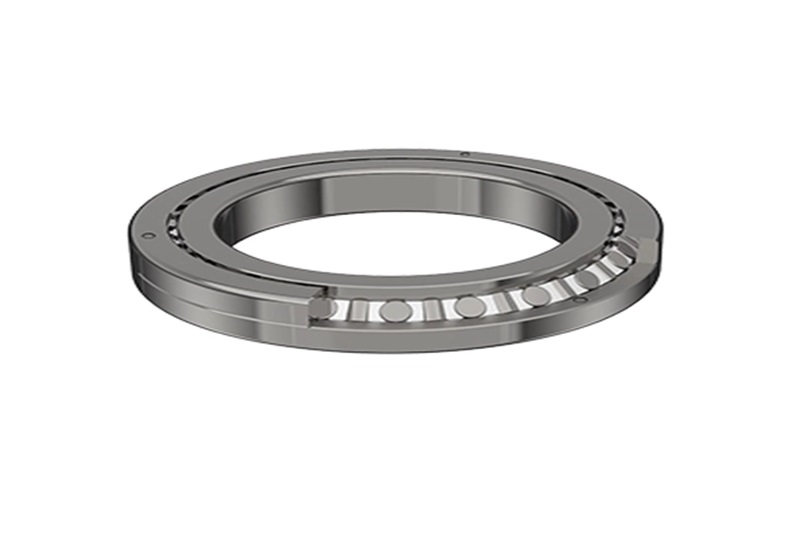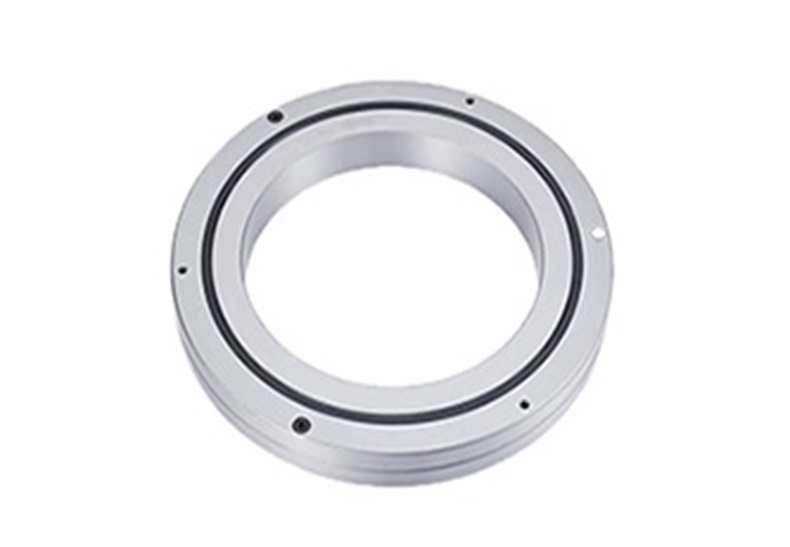What Are the Classifications of Plain Bearings?
Non-fully fluid lubricated bearings of plain bearings
Usually lubricated with grease, oil rope, and drip oil lubrication, the shaft diameter and plain bearing surface cannot obtain sufficient lubricant, and the liquid oil film is discontinuous. The structure is simple, the friction coefficient is relatively large, and the wear is also relatively large.
Radial plain bearings
Integral type. The clearance between the shaft and the bushing cannot be adjusted, the structure is simple, and the shaft neck can only be installed or removed from the shaft end. Generally used in machines with low speed, light load, and allowable installation and removal.
Split type. The clearance between the shaft and the bushing can be adjusted, and the installation is simple. This type is often used when the machine is difficult to install or remove.
Thrust plain bearings
Commonly used flat thrust plain bearings, due to the lack of liquid friction conditions, is in an incomplete fluid lubrication state and needs to be used together with radial bearings. It is used for bearing axial loads.
Powder metallurgy bearings (including oil bearings)
It has porosity and stores oil in the pores, which can automatically lubricate without adding lubricating oil for a long time to ensure normal operation. However, due to its relatively soft material, its load-bearing capacity is low. It is used for light loads, low speeds, and situations where it is not easy to add oil.
Plastic bearings
Compared with metal bearings, plastic bearings are light in weight and easy to maintain. They have good chemical stability, high wear resistance and fatigue strength, and have shock absorption, sound absorption, self-lubrication, insulation, and self-extinguishing properties. However, the coefficient of thermal expansion is large, the thermal conductivity is low, and the moisture absorption is relatively high. The strength and dimensional stability are not as good as metal. It is used in places with low speed or good heat dissipation, and the working temperature should not exceed 65℃, and the instantaneous working temperature should not exceed 80℃.
Rubber bearings
It can absorb vibration and impact force, wear-resistant and corrosion-resistant in environments with impurities, but its unit strength is lower than that of metal, and it is not suitable for use in high-temperature and environments in contact with oil or organic solvents. It is used in plain bearings in ship shaft tubes to reduce vibration and work in a corrosive environment.
Wood bearings
Wood bearings are cheap and light in weight, can absorb impact, and are less sensitive to shaft deflection. But the strength is low, and the thermal conductivity, moisture resistance, and wear resistance are poor. It is used for light loads and situations that require vibration reduction, such as the bearings of agricultural machinery disc harrows and large ore transport pumps.
Fluid lubricated bearings of plain bearings
Fluid dynamic pressure bearings
The shaft neck and the bearing working surface are completely isolated by an oil film. Fluid dynamic pressure bearings must have: ① sufficient rotational speed; ② sufficient oil supply, and the lubricating oil has a certain viscosity; ③ appropriate clearance between the shaft neck and the bearing working surface. Multi-oil wedge dynamic pressure bearings can meet the high-precision rotation requirements of the shaft and have a long service life. It is used in high-speed and high-precision machinery, such as the bearings of centrifugal compressors.
Fluid static pressure bearings
The shaft neck and plain bearings are completely isolated by a carrying oil film with a certain pressure supplied from the outside. The formation of the oil film is not limited by the relative sliding speed, and it has a large carrying capacity at all speeds (including zero speed). The shaft has good stability, can meet the high-precision rotation requirements of the shaft, has a small friction coefficient, high mechanical efficiency, and long service life.
Gas dynamic pressure and static pressure bearings
Gas dynamic pressure and static pressure bearings use air or other gases as lubricants, with small friction coefficients and high mechanical efficiency, which can meet the requirements of high-speed operation. Gas bearings are used as gyro rotors, TV recording machine bearings, etc.














 English
English  français
français  Deutsch
Deutsch  italiano
italiano 



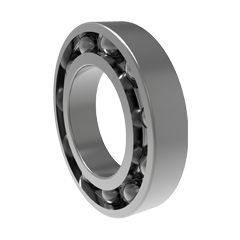
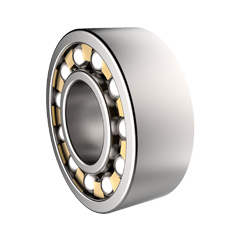
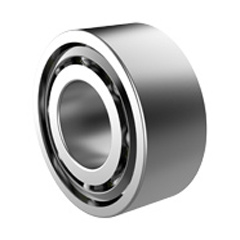
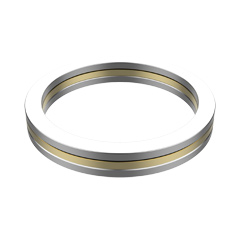
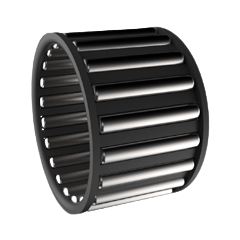
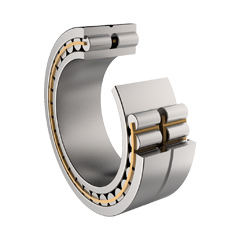
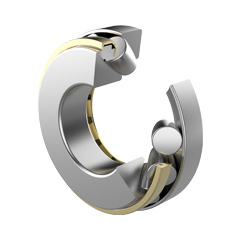
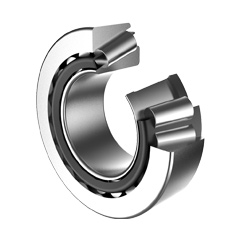
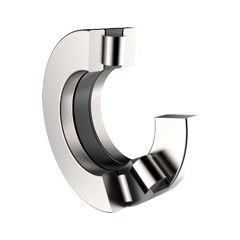
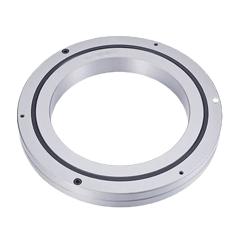
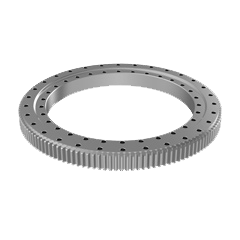

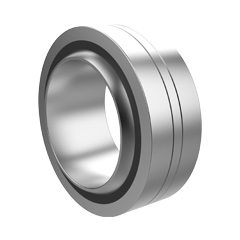

 English
English  français
français  Deutsch
Deutsch  italiano
italiano 

